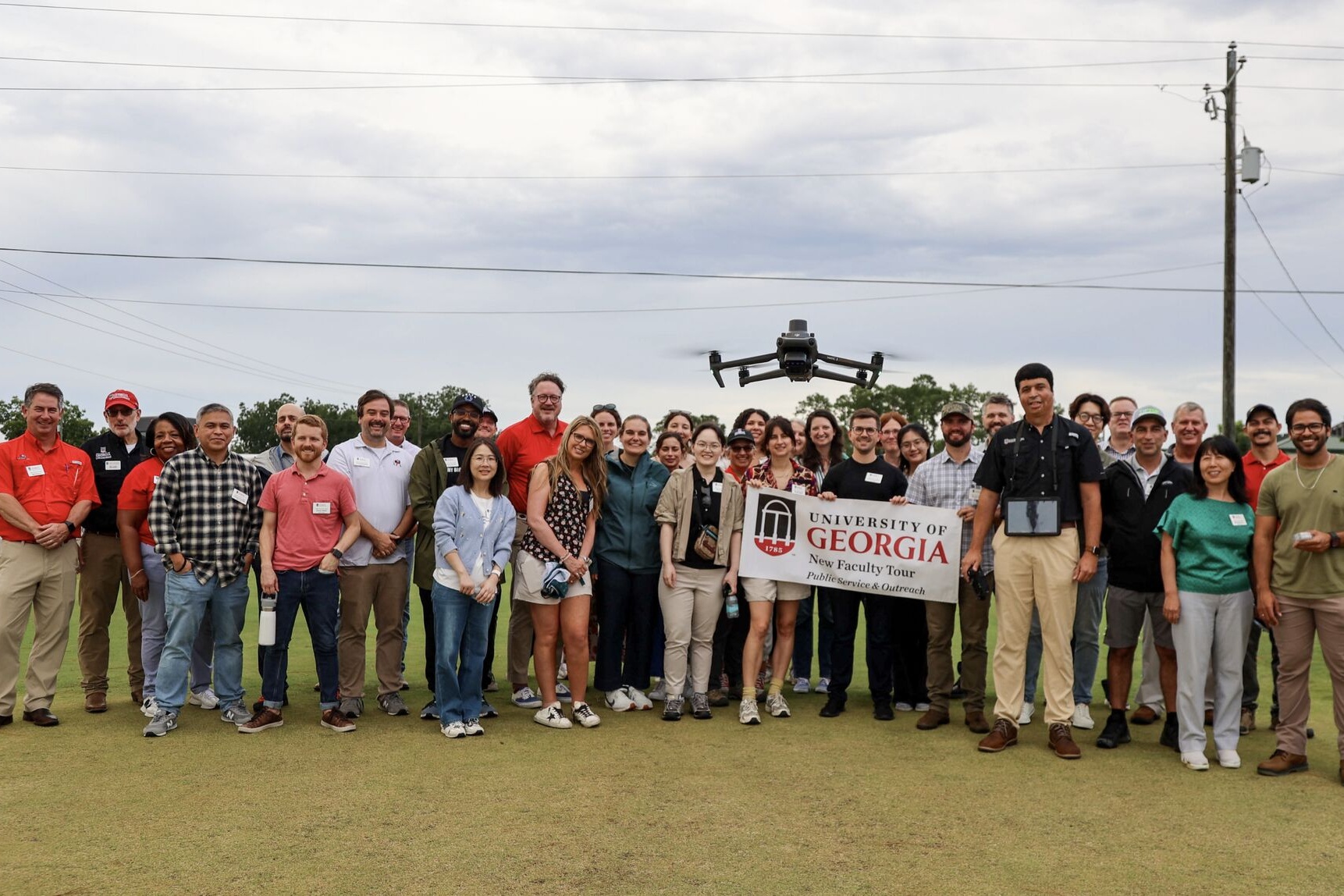University of
Georgia
Asian bird flu has never infected poultry in the United
States.
Ever vigilant, the U.S. poultry industry tests continuously to
make sure the virus that causes Asian bird flu doesn’t get a
foothold in commercial poultry flocks.
There is no danger of contracting Asian bird flu from eating
or
handling chicken or turkey. Since Asian bird flu does not
exist
in U.S. poultry, there is virtually no chance of coming into
contact with meat from infected birds.
The U.S. has banned poultry imports from all countries where
Asian bird flu has occurred. Proper cooking and food-
handling
practices also essentially eliminate any chance of food-related
disease.
Most experts don’t believe Asian bird flu is likely to
become a
serious human health issue. At present, the virus that
causes
Asian bird flu does not easily infect humans.
In spite of all the media attention, a very small number of
people (only about 100 mainly in Thailand and Vietnam) have
contracted Asian bird flu. Almost all of those infected have
had very close, direct contact with diseased birds.
The chance of large numbers of people contracting Asian bird
flu is very remote, because virus doesn’t spread easily from
one person to another or from birds to people.
There is concern that if the virus mutates in such a way that
it begins to spread from human to human, many more people could
become infected. However, public health professionals in
affected countries are working diligently with support from the
international community to control the virus and eliminate this
potential threat.
Great effort is being made to prevent Asian bird flu from
being
introduced into the United States. Extensive plans have
been
developed to minimize the chance that Asian bird flu might
infect U.S. poultry and to quickly eliminate it in the unlikely
case it does.
Federal, state, university, public health, poultry industry
trade groups and poultry companies have all worked together to
develop a coordinated, rapid and comprehensive response.
If Asian bird flu is detected, a wide area around the outbreak
will be immediately quarantined, infected birds will be
humanely destroyed and disposed of in an environmentally sound
way to stop the chance of any further spread. The U.S. poultry
industry has had successfully controlled similar virus-caused
diseases and is prepared to contend with this threat.
The modern methods of poultry production in the U.S. makes
an
Asian bird flu outbreak much less likely here. Most poultry
in
Asia are kept in people’s backyards or allowed to roam free.
Wild birds carry the virus that causes the disease and spread
it to these “outdoor” poultry.
In the U.S., commercial poultry flocks are kept in
environmentally controlled poultry houses where they are
protected from contact with wild birds and other vectors that
may cause disease.
(This information provided by the University of Georgia
Department of Poultry Science, the American Association of
Avian Pathologists, the National Chicken Council and the
National Turkey Federation.)



